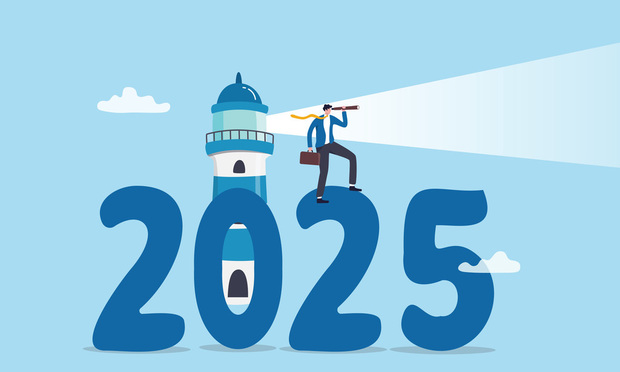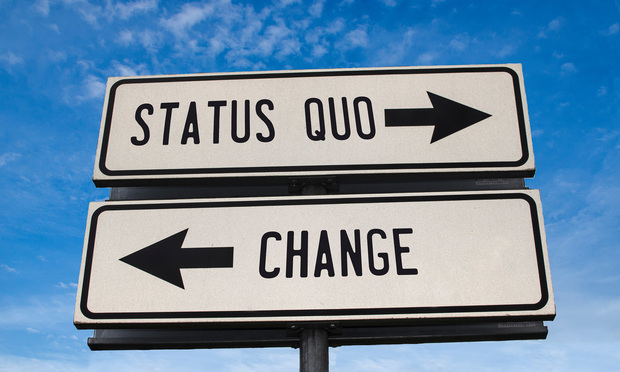In
Jeff Parsons' years teaching in the department of finance at the California State University, Fullerton, he's asked many of his students if they received any formal personnel financial education. "Usually about less than 5% raise their hand,"
Parsons said in a statement. "Those that have prior education say it came from either a private high school or was taught as a segment of a general economics class." This lack of education is apparent in
WalletHub's latest study that ranks states by financial literacy. In order to distinguish the most financially literate states from the least, WalletHub compared the 50 states and the District of Columbia across three key dimensions: WalletHub's "WalletLiteracy Survey" score, financial planning and habits, and financial knowledge and education. Those dimensions were evaluated using 17 relevant metrics. For example, the financial planning and habits rank was scored based on items like median credit score, share of adults with rainy-day funds, and share of adults who save for their children's college education. Also, a state's financial knowledge and education score was based on public high-school graduation rate, share of students required to take at least one personal finance course, and share of adults using online financial services. Each metric was graded on a 100-point scale, with a score of 100 representing the highest level of financial literacy. WalletHub then determined each state's weighted average across all metrics and combined those results with the responses to the WalletLiteracy Survey to rank the states. The
WalletLiteracy Survey score, which included a total of 21,018 responses nationally, was based on the grades earned by respondents in that survey. Have a look at the gallery above to see which 10 states have the lowest levels of financial literacy.
Related: 







